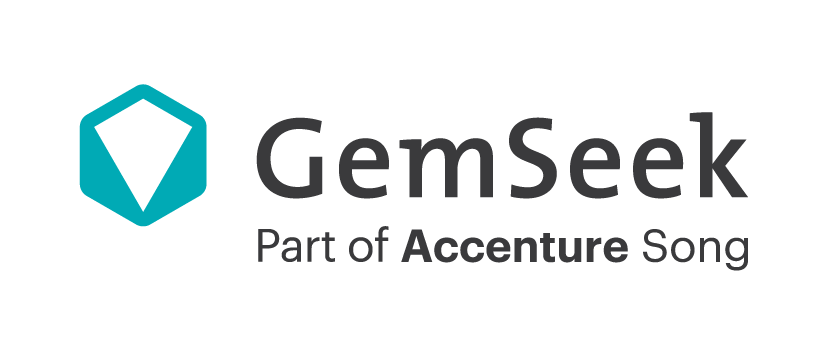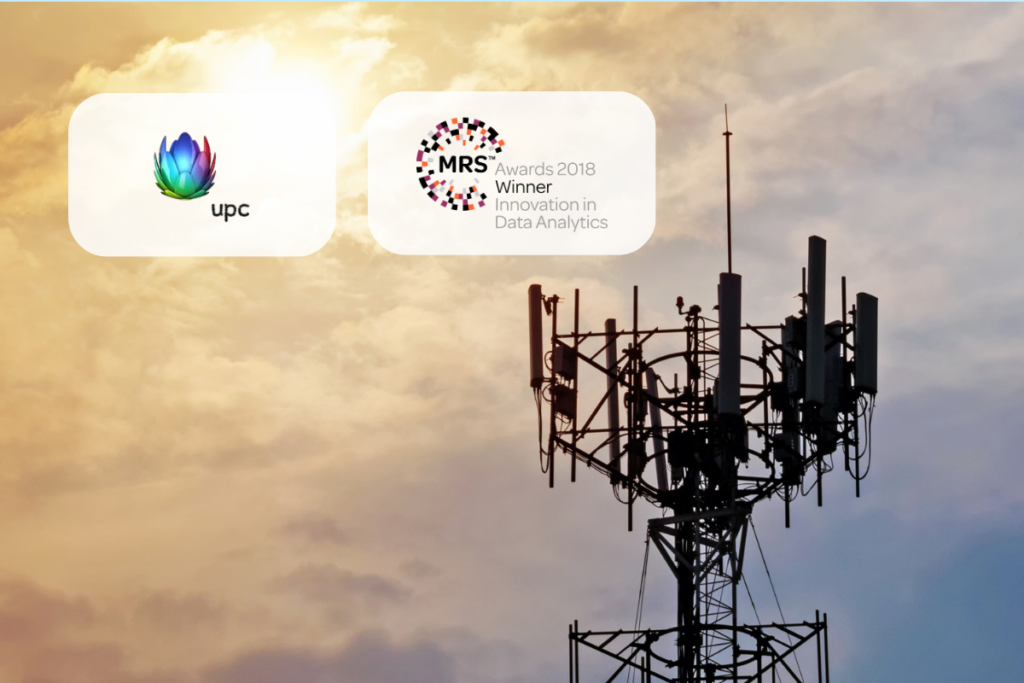
Some shortcomings of today’s customer experience programs
In the rapidly evolving business landscape, customer experience (CX) stands as a critical competitive advantage for many companies. Despite investing in CX technology and programs, businesses often struggle to deliver satisfying experiences and create positive memories for customers. The primary reasons for this are:
- Reactive nature of CX programs: These programs rely on outbound surveys or customer-initiated contact to identify and resolve issues
Limited visibility in CX programs: Satisfaction survey response rates are typically 10-20%, leading to unreliable customer data and reduced confidence in making significant investments based on an unrepresentative sample.
According to a 2021 McKinsey report, only 13% of CX leaders feel confident their organization can address CX issues in real time, while a mere 7% of customer feedback reaches CX leaders. This translates to two major business concerns:
1. Missed opportunities to engage with silent customers:
- With an average 20% survey response rate, companies risk losing 4 out of 5 unsatisfied customers.
- Increased churn rates and Share of Wallet losses may result from not identifying and addressing these customers’ concerns.
2. Unclear connection between CX initiatives and business results:
- Existing CX programs lack integration with business and operational data.
- This prevents CX professionals from accurately understanding the ROI of their programs and specific initiatives.
- Consequently, securing future CX investments becomes challenging.
Embracing the Future of Customer Experience: Proactive, Predictive, and Personalized
Proactive Customer Experience. Instead of being the passive side in the interaction, acting only after customer feedback enters the organization, companies can lead the process in two directions: proactive prevention and proactive education.
- Proactive prevention allows companies to initiate communication and mitigation actions on customer level whenever they detect dissatisfaction, instead of waiting for the customer to complain or reply to a survey.
- Proactive education allows companies to initiate communication on customer level whenever they detect a suboptimal use of their product or service or a possible way for the customer to do more with them.
For example, Adobe Lightroom has integrated a learning centre and personalized preset recommendations based on user photos, while Garmin offers personalized insights, advice, and training plans based on customer activities and goals. In addition, companies can anticipate customer needs, offering timely assistance or guidance before issues arise.
Personalised Customer Experience. Instead of addressing needs with one-size-fits-all solutions, companies will be able to detect specific usage and journey patterns and will have the capabilities to intervene at the right times and with the right actions to boost the impact of proactive post-sales service.
Garmin, a leading GPS sports watch manufacturer, provides personalized services by offering insights based on users’ activities, along with suggestions for improvement and customized training plans. This proactive approach ensures continued engagement and tailored solutions to customers’ unique needs.
Predictive Customer Experience. Instead of waiting for a specific red flag in customer behaviour to activate a prevention or education “protocol”, companies need to anticipate customer needs and offer support or guidance
Tesco, for instance, uses a statistical model to predict the impact of weather on customer buying behavior, allowing for better stock management and promotion adjustments.
One could argue that all these examples come from industries that are naturally data-rich because they have a software and/or hardware element central to their offering. That’s why we have developed a 6-step framework on how to get the needed data and set up your organisation to provide proactive personalised customer experiences.
Preparing your company for the new paradigm
Step 1: Kick-Off. Set Goals, Plan, And Get Buy-In.
The initial stage aims to prepare your organization for success by outlining clear goals, devising a plan to achieve them, and securing stakeholder buy-in. By the end of this stage, you should be able to answer key questions, such as:
- Is the vision for proactive and personalized customer experience clear, understandable, and inspiring to those not involved in its development?
- Can the relationships between specific actions or initiatives and the goal of proactively addressing customer needs be clearly identified?
- Are there well-defined milestones, a timeline, and an understanding of the required resources for implementation?
- Do stakeholders essential for execution support this vision and prioritize it when faced with competing objectives?

Step 2: Input. Collect Customer Feedback.
Collecting customer feedback data offers numerous benefits, including product or service improvement, input for employee evaluations, and facilitating close-the-loop programs. For proactive and personalized experiences, customer feedback is crucial to achieving your objectives.
Begin with a simple approach, and expand later by incorporating in-depth measurements or additional questions. The underlying rationale is to meet the minimum requirements for analytics, which will enable a successful proactive and personalized customer experience program. Be sure to include these two essential elements:
- an overall customer evaluation of your company, product, or service
- the reasons behind this evaluation
The overall evaluation will later serve as the predicted outcome. Due to practical considerations and the survey response iceberg, you will initially collect feedback from a limited number of customers. To truly implement proactive and personalized customer experiences, you need feedback from all customers, necessitating the prediction of feedback for the remaining customers.
Step 3: Input – Collect Customer Data
The Proactive-Personalized-Predictive Framework’s foundation relies on predicting individual customer satisfaction and taking action to create value. To achieve this, three elements are required: customer feedback, customer data, and advanced analytics. This stage focuses on preparing the second element – customer data. The five main categories of data to consider include:
- Usage data
- Interaction data
- Operational data
- External data
- Customer background data
However, data is often incomplete, particularly when human input is required. Collecting interaction data can be challenging, as it typically depends on account managers or salespeople for input. External data may also be neglected or missing pieces.
Another quality criterion for customer data is its timeliness and ability to reflect the latest changes in monitored indicators. Some data, like customer background information or external competitor/regulatory data, only require updates occasionally or as needed. With proper systems in place, these shouldn’t pose a problem. Other data types, such as usage or operational data, require more frequent updates, ideally in real-time.
The final essential element to ensure upon completing this stage is the ability to connect all data pieces – feedback, usage, etc. – to create a comprehensive picture of individual customers’ opinions and actions.

Step 4:Understanding – Analyse the Data
The core of customer analytics, and any analytical process, involves answering two questions: what is happening (descriptive analytics) and why (diagnostic analytics).
Perform analytics to identify patterns of behaviour indicating satisfaction, dissatisfaction, or suboptimal value creation. Connect customer satisfaction levels to their behavioural and transactional data to uncover patterns leading to satisfaction and dissatisfaction. This analysis lies at the heart of the predictive CX framework and is invaluable in linking customer attitudes to your actions.
Determine the factors driving customer experience. This analysis naturally follows the previous one. After identifying the patterns indicating satisfaction and dissatisfaction, the next step is understanding the driving forces behind these patterns. A basic starting point is a standard analysis of satisfaction drivers based on survey data alone. This provides insights on what to improve on a larger scale but does not enable proactive, personalized customer need addressing. Two more steps are necessary to transition to truly proactive and personalized customer experience management.
Step 5: Action – Initiatives for Customer Inspiration, Motivation, Education, and Adjustments on the Fly
This stage of the proactive and personalized CX design and implementation journey serves two purposes. The first goal is to act based on customer feedback to improve customer experiences. This involves implementing a close-the-loop program, where feedback is collected and acted upon, providing a foundation for the final elements of the PPPS program developed in the next step. The second goal is to test the effectiveness of interventions before scaling them up in the following stage.
Four interrelated components contribute to a successful close-the-loop program:
Commitment
- Start by securing buy-in from relevant stakeholders.
- Develop a well-thought-out plan for improving business metrics.
- Collaborate with those responsible for executing the program, such as contact centre colleagues, CX champions, or customer care specialists.
2.Technology
- Evaluate your existing technology vendor or consider upgrading to one with advanced capabilities beyond basic feedback collection and reporting.
3.Ideas
- Generate ideas internally by running workshops focused on addressing customer dissatisfaction.
- Utilize insights from interaction and operational data analytics.
- Encourage collaboration and maintain an open mind, as ideas can emerge from various sources and aspects of your business.
4.Return on Investment (ROI)
- Estimate the impact of your close-the-loop program by examining aggregated data and tracking actions.
- Collect customer feedback at different points, document the actions taken, and analyse the resulting dataset of pre- and post-action feedback.
- Understand which actions are effective and calculate ROI by factoring in execution costs and customer value.

Step 6: Scale-Up – Extend Your Initiatives to Your Entire Customer Base
In Steps 4 and 5, you connected satisfaction levels and customer behaviour, as well as the drivers of satisfaction with customer behaviour. However, this view is limited in scope, as it is based solely on survey respondents. In this step, you will create an algorithm that analyses your entire customer base and predicts satisfaction levels and their drivers for those who haven’t responded to the survey. This completes the groundwork for a proactive and personalized CX, enabling you to scale and personalize your approach.
Next steps:
- Integrate the process into your company’s daily operations.
- Monitor the results by keeping track of customer satisfaction and your actions.
- Make adjustments as needed. Continually update the data models from Steps 4-6 to keep up with changes. Updating quarterly or biannually is usually sufficient, as major shifts that would make your current actions obsolete are unlikely to occur within shorter timeframes.






